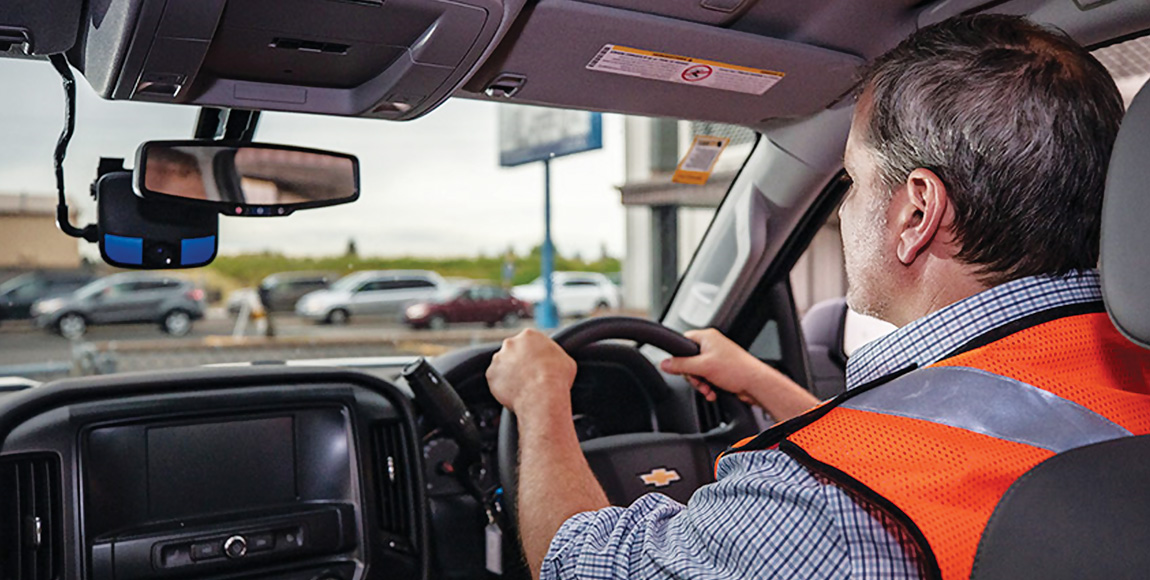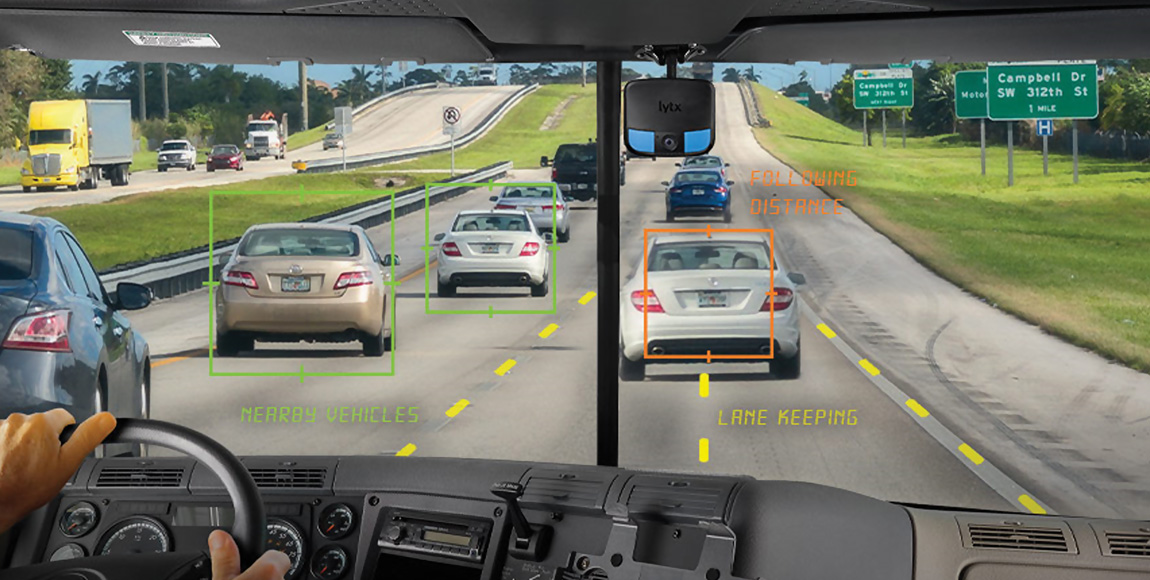Safety as a necessity – the DriveRisk view

Helping to make the world’s roads safe, one vehicle at a time – that’s the aim of South African driver-behaviour management specialist, DriveRisk, and its American partner, Lytx
Ensuring safety on the road had become a necessity, with a 20/20 view of driver behaviour the key to risk management. That’s how Ben Bezuidenhout, chief business development officer of South African driver-behaviour management specialist DriveRisk, summed up the theme of the company’s recent annual user-group conference.
Speaking at the Birchwood Conference Centre in Boksburg, Bezuidenhout said that while studies had shown that drivers all over the world made similar mistakes, reducing the road-safety risk was possible through use of video technology that enabled clear insight at all times of what was happening in and around the vehicle.
His introduction paved the way for a speaker from the United States, Adam McCarty – representing DriveRisk’s California-based partner company Lytx – to address recent developments in fleet-management systems, including the roles played by machine vision and artificial intelligence, in identifying and helping curb risky driver behaviour.
“Lytx is on a mission to make the world’s roads safe, one vehicle at a time,” McCarty said in his opening remarks, adding that in terms of data collected by the company, a collision or near collision occurred every 3,5 minutes on America’s roads, with about 10 percent of drivers creating 60 percent of the risk.
“Lytx draws on more than 20 years and billions of kilometres of professionally reviewed video and road variables to design best-in-class technology solutions that help to solve challenges faced by commercial fleets. We apply sensor fusion, machine vision, artificial intelligence and scientific behaviour-change models to help our clients improve safety and increase operational efficiency, the aim being to help them thrive in today’s ultra-competitive transport environment,” he said.

McCarty said real-world data provided the basis for accurately identifying and categorising risky driving behaviour. “Our devices capture 1,5-million miles (about 2,4-million kilometres) of driving data each month and 100 000 risky driving events every day, resulting in a driving database of unrivalled depth and quality. Our fleet-management solutions put the data to work to deliver accurate, actionable insights.”
Explaining how the system operated, McCarty said sensor fusion was used to build a complete picture of what was going on in and around the vehicle, pairing machine vision and artificial intelligence with traditional telematics sensors and drive cams to provide an expanded view of risk, adding that video telematics technologies could accurately detect a wide range of risky driving behaviour.
“Similar to the way our brains rely on information from each of our senses to understand what is happening around us, our sensor fusion technology combines data from multiple sensors to provide the context needed to create the complete picture,” he said. “We use sensor fusion to analyse driving conditions by sending data to an artificial intelligence-driven neural network.
“The network learns by analysing combinations of sensor data with maps, third-party environmental information, and the results of professionally reviewed video clips of risky driving behaviours. All of these inputs combine to provide a total picture of risk.”
To help to effect lasting change in driver behaviour, McCarty said Lytx had developed a safety programme, which, through in-cab audio, visual display lights and prescriptive coaching workflows, was aimed at helping fleets curtail risky driving.
He added that as the neural network gained experience, it was able to make accurate predictions about the state of the vehicle, the driver and the road, determining whether a dangerous situation was developing and alerting the driver to the fact.
Another speaker at the conference, Bobby Shemmans, health, safety, security and environment executive at Imperial Logistics’ Specialised Freight Division, said that following an accident involving one of the company’s tankers, a study had been conducted with a view to developing safe methods of working.
The study revealed that human failure accounted for a significant portion of the divisions’ incidents, especially within the first 12 months of employment. To address human failure effectively, a strategy whereby a balance between positive and punitive reinforcement methods was applied.

Among the positive reinforcements introduced were driver and vehicle fitness scorecards, supported by Lytx DriveCam systems, with the aim of driving behaviour change throughout the organisation.
“By considering the impact of incidents in the workplace, our moral and legal obligations as well as the potential financial benefits, getting buy-in from leadership and employees was effortless. The upshot was that, with employees in agreement, we developed a clear policy under committed principals who made available adequate resources to enable effective application of the revisions.
“As a result of our focus on developing a healthy safety culture, the number of incidents occurring within the first 12 months of employment reduced significantly from 27 to 17 percent. Overall, our focus remains on our adopted vision of Zero Harm – and I believe we will get there,” he said.
Other speakers at the conference included Owen Neochi, chief operating officer of DriveRisk Australia; Rael Morris, Lytx’s vice-president of growth markets, and Danie Malherbe, an independent transport consultant and part-time lecturer at the University of Johannesburg.
Published by
Focus on Transport
focusmagsa




